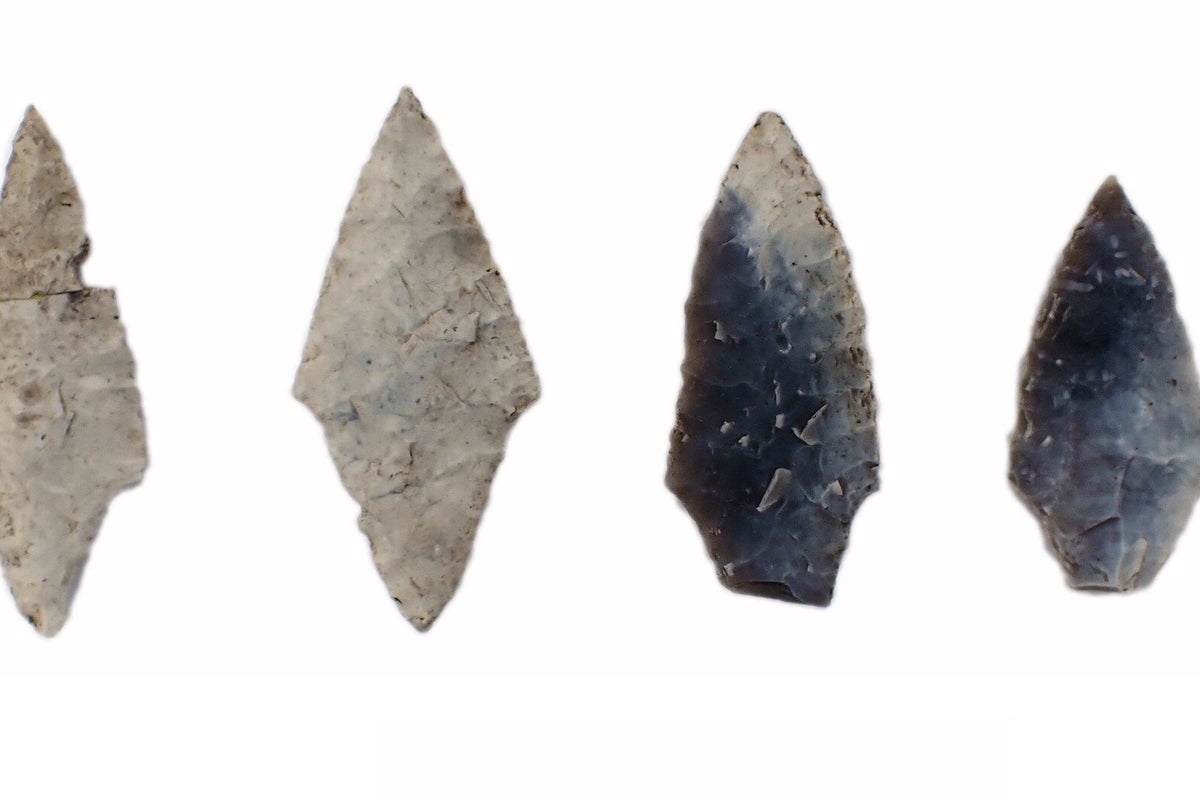The excavation of an ancient burial in northern Latvia dating back over 5,000 years challenges long-held assumptions about the roles of women and children in Stone Age societies.
Analysis of remains uncovered at the Zvejnieki cemetery revealed that stone tools were buried not only with men, as traditionally believed, but women and children as well.
The findings upend the stereotype of “man the hunter” and challenge previous interpretations of gender and societal roles in prehistoric Europe, according to a study published in the journal PLOS One.
Zvejnieki is one of the largest known Stone Age cemeteries in Europe, holding more than 330 graves and offering a window into the funerary customs and social structures of early communities on the continent.
Although the site has been studied for decades, previous research has largely overlooked the stone tools found inside the graves, often disregarding them as utilitarian and, therefore, uninteresting.
In the latest study, researchers employed a powerful microscope to look at how these tools were made and used.
They found the buried tools had been used to work animal hides, with some also specifically made and then broken as part of funerary rites.
Some of the deliberately broken tools indicate a shared ritual tradition across the eastern Baltic region where similar funerary practices are known to have existed.
“The study highlights how much more there’s to learn about the lives – and deaths – of Europe’s earliest communities, and why even the seemingly simplest objects can unlock insights about our shared human past and how people responded to death,” archaeologist Aimée Little from the University of York said.
The study revealed that women were as likely as men or even more likely to be buried with stone tools. Children and older adults were the most common age groups to receive stone artefacts.
These findings counter the perception of women in this era typically playing a more domestic role, cooking animals hunted by their men, doing crafts and caring for the family.
“Our findings overturn the old stereotype of ‘man the hunter’, which has been a dominant theme in Stone Age studies and has even influenced, on occasion, how some infants have been sexed on the basis that they were given lithic tools,” Dr Little said.
Anda Petrovic, another author of the study, said: “This research demonstrates that we cannot make these gendered assumptions and that lithic grave goods played an important role in the mourning rituals of children and women, as well as men.”

